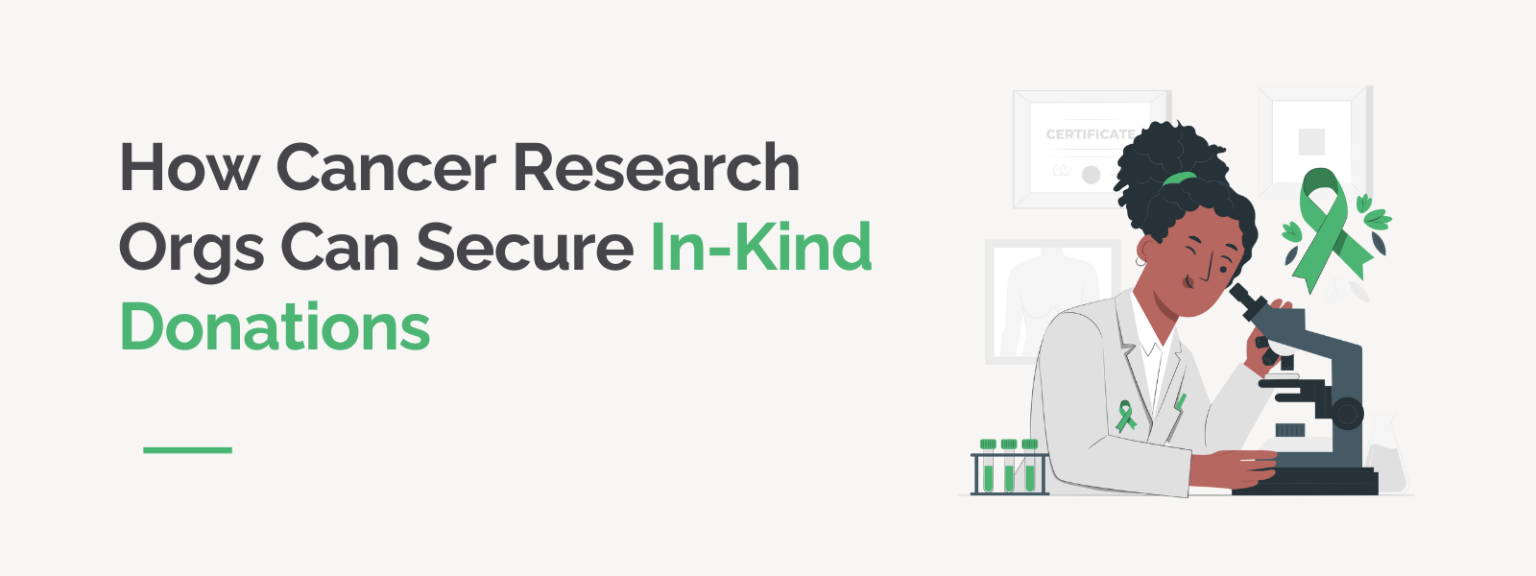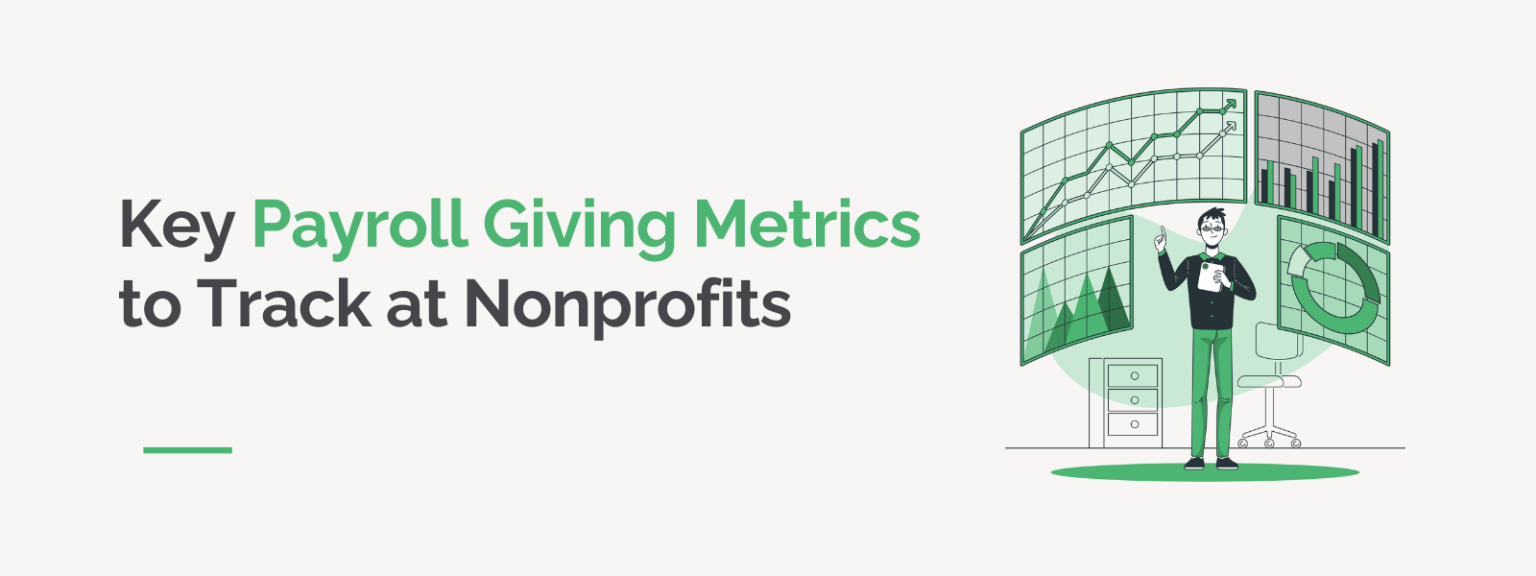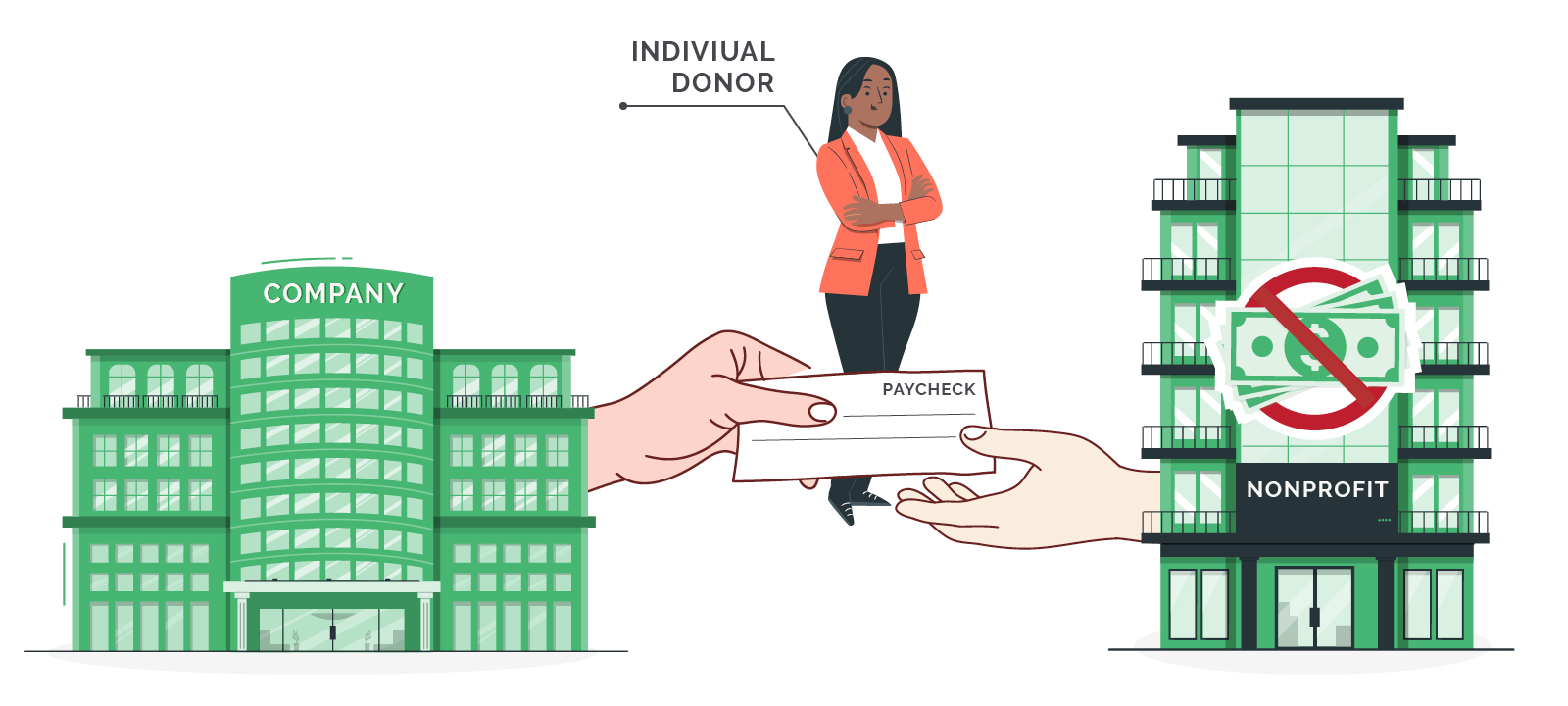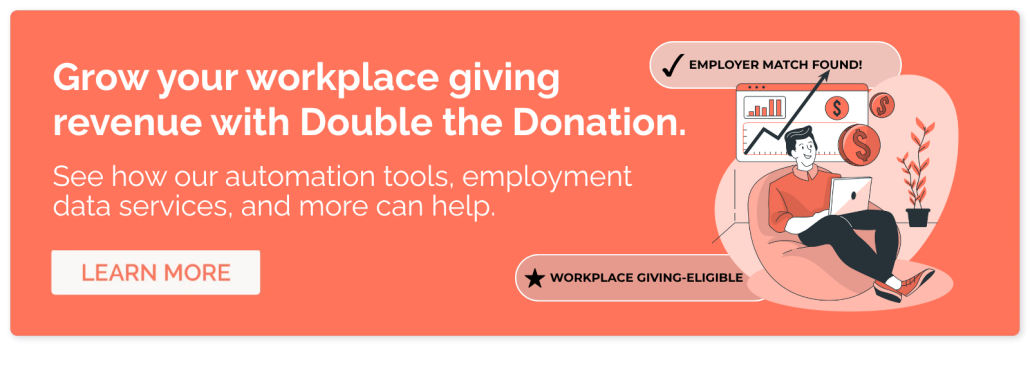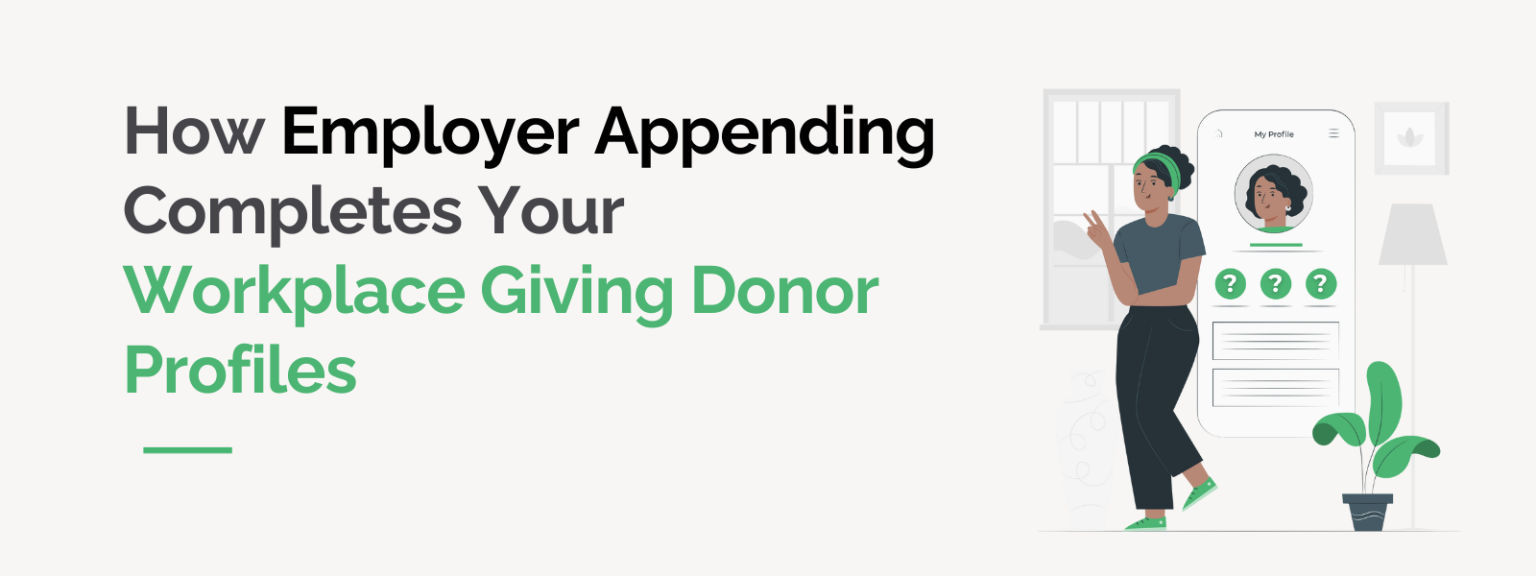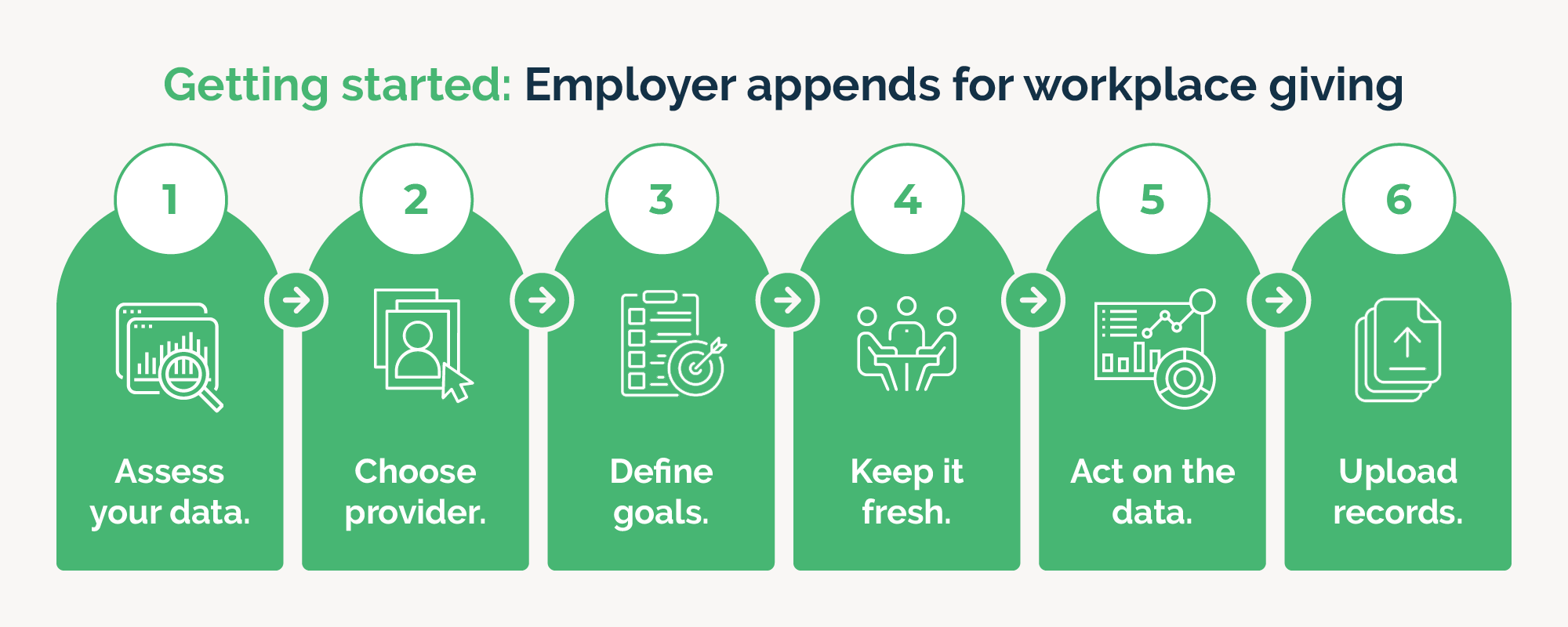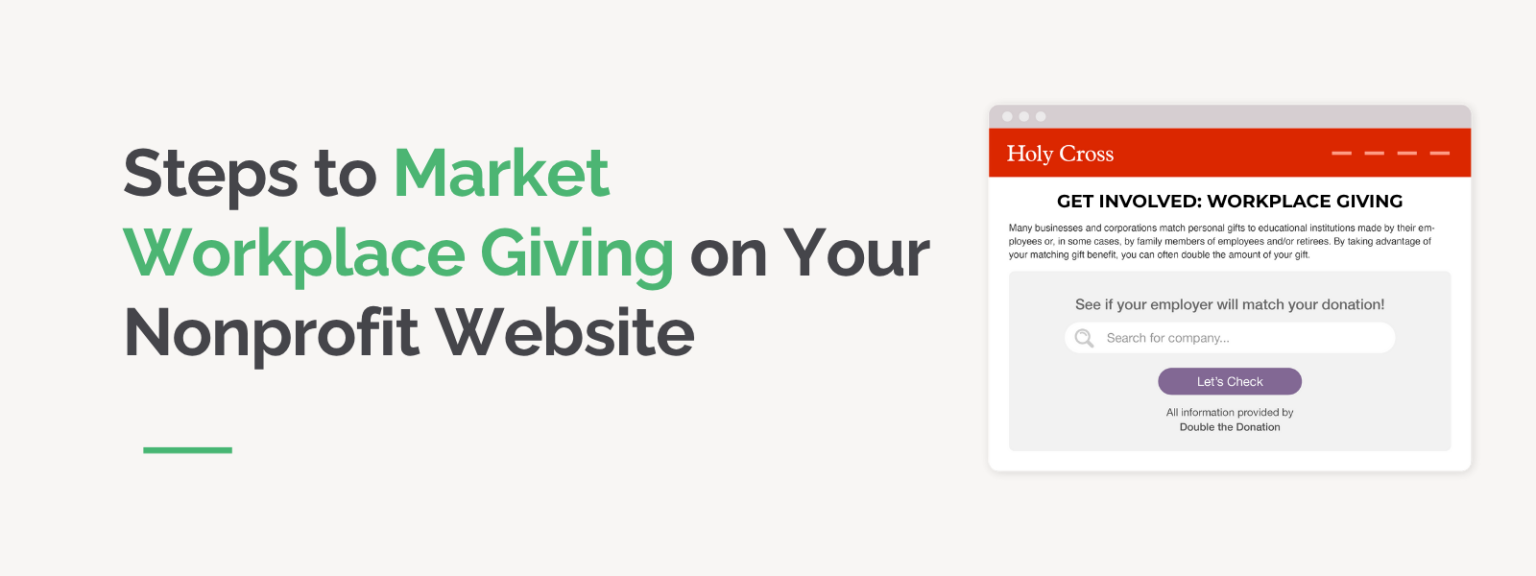How Cancer Research Orgs Can Secure In-Kind Donations
In-kind donations represent a vital resource for cancer research organizations seeking to maximize their impact without solely relying on cash contributions. These donations, which include goods and services rather than money, can significantly reduce operational costs and enhance program delivery. For nonprofits dedicated to advancing cancer research, securing in-kind gifts can mean access to cutting-edge laboratory equipment, specialized software, or essential medical devices that might otherwise be prohibitively expensive.
Understanding how to effectively identify, request, and manage in-kind donations is crucial for development teams and fundraising professionals within cancer research organizations. By leveraging these non-cash contributions, nonprofits can allocate more of their budget directly to research initiatives and patient support services. This strategic approach not only strengthens organizational capacity but also fosters meaningful partnerships with corporations and community stakeholders.
In this article, we will explore the nature of in-kind donations, highlight specific examples relevant to cancer research nonprofits, and provide actionable guidance on where to find these valuable resources. Additionally, we will discuss best practices for making the donation ask and introduce tools designed to streamline the process, empowering your organization to secure the support it needs to advance its mission.
Table of Contents
- What Are In-Kind Donations for Cancer Research Orgs?
- Types of In-Kind Donations for Cancer Research Orgs
- Where Cancer Research Orgs Should Look for In-Kind Support
- How Cancer Research Orgs Should Make the In-Kind Donation Ask
- Tools and Resources to Help Cancer Research Orgs Get Started
What Are In-Kind Donations for Cancer Research Orgs?
In-kind donations are contributions of goods, services, or time rather than direct financial support. Unlike cash gifts, which provide unrestricted funding, in-kind donations offer tangible resources that nonprofits can use to fulfill their mission. These can range from donated office supplies to professional services such as legal advice or marketing support. The key distinction is that in-kind gifts help organizations reduce expenses or enhance capabilities without requiring monetary transactions.
For cancer research organizations, in-kind donations hold particular significance. The specialized nature of cancer research demands access to sophisticated laboratory equipment, high-quality reagents, and advanced software platforms for data analysis. Receiving these items as donations can dramatically lower operational costs and accelerate research timelines. Moreover, in-kind gifts such as medical devices or lab-grade chemicals directly support experimental work, clinical trials, and patient care initiatives.
Beyond physical goods, in-kind donations can include services like transportation of sensitive materials, IT support, or event management, all of which contribute to the smooth functioning of cancer research programs. By embracing in-kind contributions, cancer research nonprofits can optimize their fundraising strategies, build stronger corporate relationships, and ultimately increase their capacity to make breakthroughs in cancer treatment and prevention.
Why In-Kind Donations Matter for Cancer Research
Cancer research organizations operate in a resource-intensive environment. The cost of acquiring and maintaining laboratory instruments, purchasing reagents, and implementing clinical technologies can be substantial. In-kind donations help bridge funding gaps, enabling researchers to focus on scientific discovery rather than procurement challenges.
Types of In-Kind Donations for Cancer Research Orgs
Cancer research organizations benefit from a diverse array of in-kind donations that support both their scientific and operational needs. Below are some of the most valuable types of in-kind gifts tailored to this vertical, along with explanations of their impact.
Laboratory Equipment
Donations of laboratory equipment such as centrifuges, microscopes, PCR machines, and incubators are invaluable. These tools enable researchers to conduct experiments, analyze samples, and develop new therapies. Receiving such equipment as a gift can save nonprofits tens of thousands of dollars, allowing funds to be redirected toward research personnel and materials.
Specialized Software
Software licenses for data management, statistical analysis, and bioinformatics are critical for modern cancer research. Donated software can enhance data accuracy, streamline workflows, and facilitate collaboration among research teams. Access to cutting-edge software tools empowers nonprofits to stay competitive and innovative.
Medical Devices
Medical devices such as imaging systems, diagnostic tools, and patient monitoring equipment support both research and clinical trials. These donations improve the quality of data collected and can enhance patient care during studies. They also reduce the financial burden associated with acquiring expensive technology.
Office Supplies and Infrastructure
While less glamorous, office supplies and infrastructure donations—like computers, printers, and furniture—are essential for maintaining an efficient work environment. These items support administrative functions, fundraising efforts, and communications, all of which are vital to sustaining cancer research programs.
Professional Services
Services such as legal counsel, marketing support, IT consulting, and logistics can be donated to help cancer research nonprofits operate more effectively. For example, a company might provide discounted or free shipping for sensitive research materials, while a technology platform could offer technical support or software training.
Where Cancer Research Orgs Should Look for In-Kind Support
Identifying potential sources of in-kind donations requires a strategic approach. Cancer research organizations should begin by researching companies with corporate social responsibility (CSR) programs that align with their mission. Many corporations prioritize health-related causes and are eager to support nonprofits through product donations, services, or employee volunteerism.
Below are some leading companies known for supporting cancer research nonprofits through in-kind donations, along with insights into their typical contributions and alignment with the mission.
Pfizer
Pfizer frequently donates laboratory equipment, pharmaceuticals, and research materials to cancer research organizations. Their commitment to advancing cancer treatment makes them a natural partner. Pfizer’s in-kind support helps nonprofits access cutting-edge tools and compounds essential for innovative research.
Merck
Merck offers in-kind donations including medical devices, lab reagents, and software solutions. Their focus on oncology research aligns closely with cancer nonprofits’ goals, making their support highly relevant. Merck’s programs often include educational resources and technical assistance as well.
Bristol-Myers Squibb
Bristol-Myers Squibb provides in-kind gifts such as specialized laboratory instruments and clinical trial support services. Their dedication to immuno-oncology research complements the work of many cancer research organizations, fostering impactful collaborations.
FedEx
FedEx supports nonprofits by donating shipping services, which are critical for transporting sensitive biological samples and other research materials. Their logistical expertise ensures timely and secure delivery, reducing operational challenges for research groups.
Microsoft
Microsoft contributes software licenses, cloud computing resources, and IT consulting services. Their technology donations enable cancer research organizations to manage large datasets, collaborate remotely, and enhance cybersecurity, all of which are vital in today’s research environment.
Thermo Fisher Scientific
Thermo Fisher is a leading provider of laboratory equipment and reagents, often donating these items to cancer research nonprofits. Their products support a wide range of experimental techniques, helping organizations maintain high-quality research standards.
How Cancer Research Orgs Should Make the In-Kind Donation Ask
Making a successful in-kind donation request requires a thoughtful and strategic approach. Building long-term relationships with corporate partners is essential, as is aligning the nonprofit’s needs with the company’s mission and giving priorities. A well-crafted ask makes it easy for businesses to say yes and fosters ongoing collaboration.
Personalizing Your Outreach
Tailor your communication to reflect the company’s unique interests and previous philanthropic activities. This shows respect for their priorities and increases the likelihood of a positive response.
Clearly Defining Needs and Impact
Be specific about the items or services requested and explain how they will directly support cancer research initiatives. Concrete examples help donors understand the tangible difference their contribution will make.
Communicating Donor Benefits
Emphasize how the company’s involvement will enhance its reputation, engage employees, and contribute to meaningful community impact. This mutual benefit strengthens the case for support.
Offering Flexible Giving Options
Allow donors to choose from various ways to contribute, accommodating their resources and preferences. Flexibility can open doors to unexpected forms of support.
Facilitating the Donation Process
Provide clear instructions and a single point of contact to simplify logistics. A smooth process encourages companies to participate and return in the future.
Tools and Resources to Help Cancer Research Orgs Get Started
Securing in-kind donations can be complex, but dedicated tools and resources can streamline the process for cancer research nonprofits. Many companies offer in-kind donation programs with open applications or predefined request procedures, yet these opportunities are often scattered across multiple platforms and difficult to track manually.
Using specialized tools helps nonprofit professionals uncover corporate giving programs that align with their mission quickly and efficiently. These platforms save time by aggregating application links, eligibility criteria, and contact information in one centralized location. They also assist in tracking outreach efforts and organizing potential donor relationships.
For example, Double the Donation’s corporate giving program database is a top-tier solution designed to support nonprofits in identifying and securing in-kind donations. It includes thousands of verified programs encompassing in-kind gifts, grants, and workplace giving opportunities. By leveraging this resource, cancer research organizations can expand their network of potential partners and enhance their fundraising strategies.
Wrapping Up & Additional Resources
Securing in-kind donations is a powerful strategy for cancer research organizations aiming to stretch their budgets and accelerate scientific breakthroughs. By identifying specific needs, researching aligned corporate partners, and making thoughtful, personalized donation requests, nonprofits can unlock valuable resources that directly support their mission.
Utilizing tools like Double the Donation’s corporate giving database further enhances these efforts by simplifying the discovery and management of in-kind donation opportunities. With a strategic approach and the right resources, cancer research nonprofits can build lasting partnerships that fuel innovation and improve patient outcomes.
Empower Your Fundraising with Double the Donation
Corporate sponsorships and in-kind donations are critical to the success of nonprofit events and programs—but sourcing the right partners can be time-consuming and overwhelming. Raise more with corporate grants, in-kind gifts. Double the Donation streamlines the entire process, helping your team find, secure, and manage corporate support with ease. With our industry-leading corporate giving database, you can quickly identify companies that offer financial sponsorships, in-kind donations, and corporate grants—giving you a data-driven edge in building meaningful partnerships. Whether you’re planning a gala, community fundraiser, or research initiative, Double the Donation makes it simple to source high-value in-kind donations so you can focus on what matters most: delivering impact. From auction items and catering to branded merchandise and venue support, we help you connect with companies ready to give. But we don’t stop at donations. Our platform helps you leverage supporter employment data to uncover corporate sponsorship potential and unlock deeper forms of workplace giving like matching gifts and employee volunteer programs—often through the same companies you’re already engaging.

